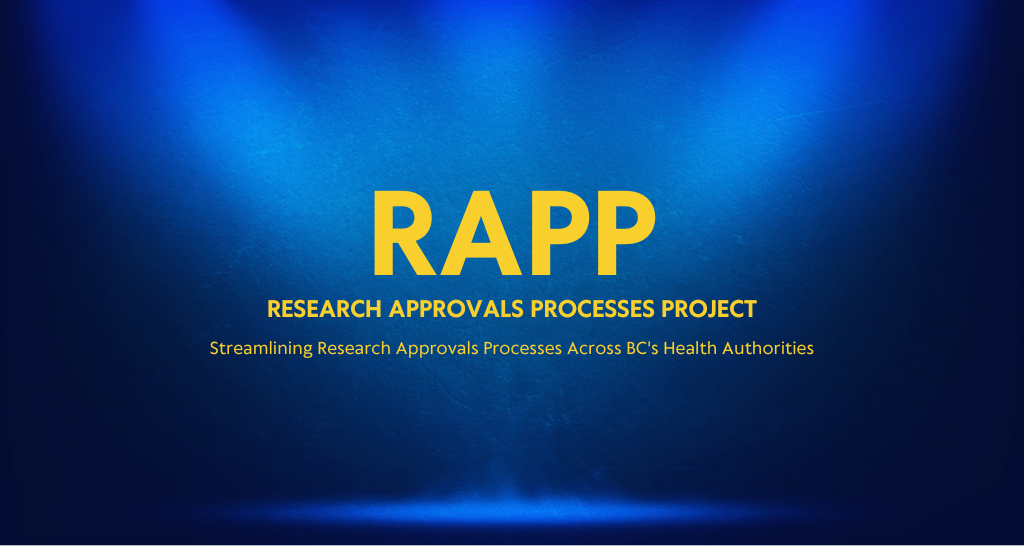The pandemic is forcing us to improve health care. My thoughts on how.
25 March 2021
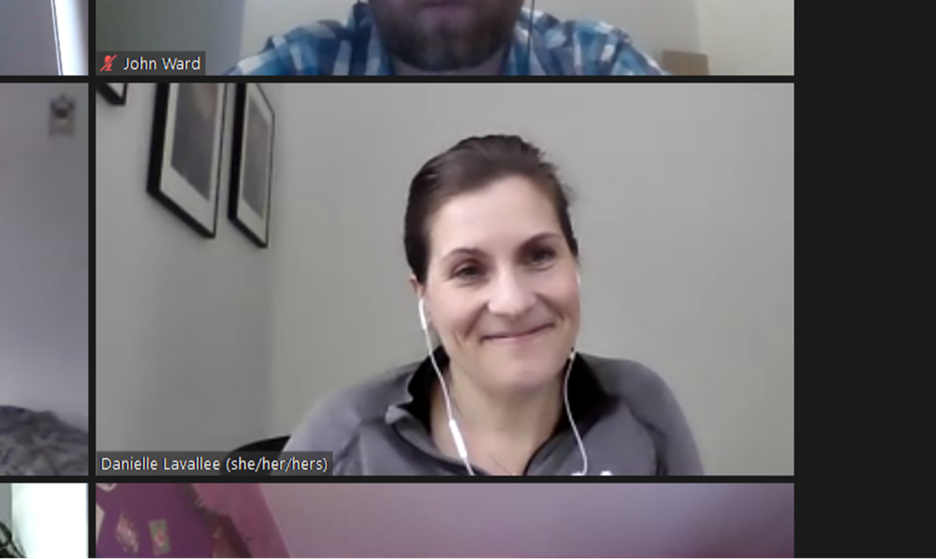
Image: A screenshot of Danielle Lavellee (she/her/hers) on Zoom.
I interviewed for the role of BC Academic Health Science Network’s Scientific Director in early March 2020. The last day, in fact, before “WFH” (work from home) became a known acronym in our already acronym-crowded environment. At that time, we were optimistic that COVID-19 would be a minor disruption in an otherwise normal time.
Well, we are one year in, our optimism shattered and collectively exhausted. COVID-19 has brought hardship on many levels. Personally, of course, but it has also laid bare the inequities and inefficiencies that exist in our health care and health research systems.
So how can we leverage this past year to achieve lasting and meaningful change?
Health care advancement is grounded in the ability to learn from our experience continuously. COVID-19 placed this reality on display. When the pandemic began, we did not know the best treatment protocols nor had the right treatments in place. The collaboration that occurred to pivot and work together to study, in real-time, how to provide the best care to patients and share the findings broadly is an ideal state for moving forward. If we continue like this, we could better enable our health systems to learn more efficiently and effectively.
Here’s how COVID-19 has changed health care research.
No more silos
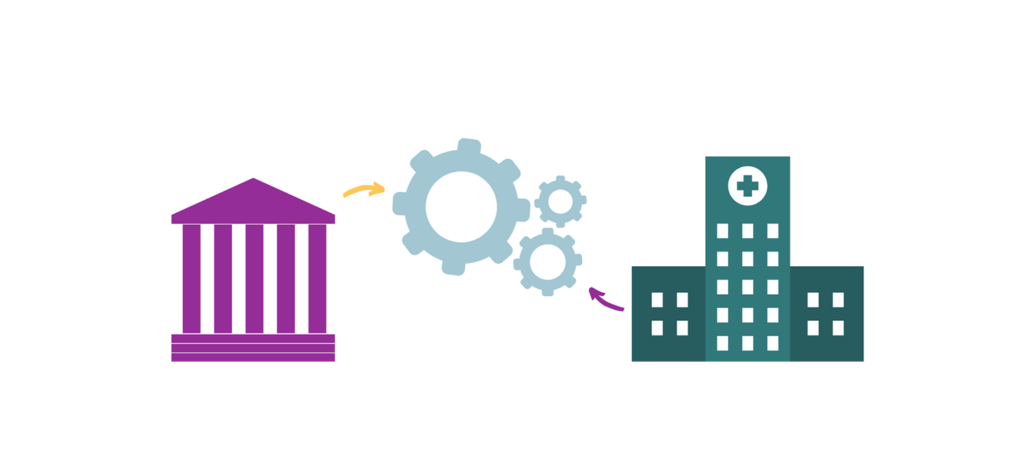
COVID-19 has begun breaking down barriers in health care by building stronger bridges between our health authorities and research institutions. Research teams were called upon to respond to decision-makers’ needs (including patients, clinicians, administrators, policy-makers). Collaborations like this improve our ability to work collectively. They enable us to identify and prioritize gaps in knowledge and create better teams, including patients and the public.
Expect to learn as we go

COVID-19 has prompted us to talk openly about what we know and don’t know in health care. A year ago, we had limited knowledge of COVID-19 and how to care for patients with the diagnosis. We continue to learn with each patient, and over time, we have improved care outcomes. Despite this, there remains vulnerability as we are providing care and learning simultaneously. Our inability to make research an open conversation limits our ability to learn and advance care. We need to evaluate how we provide care and communicate results back to those involved in care delivery.
Access to (not just COVID) data is key
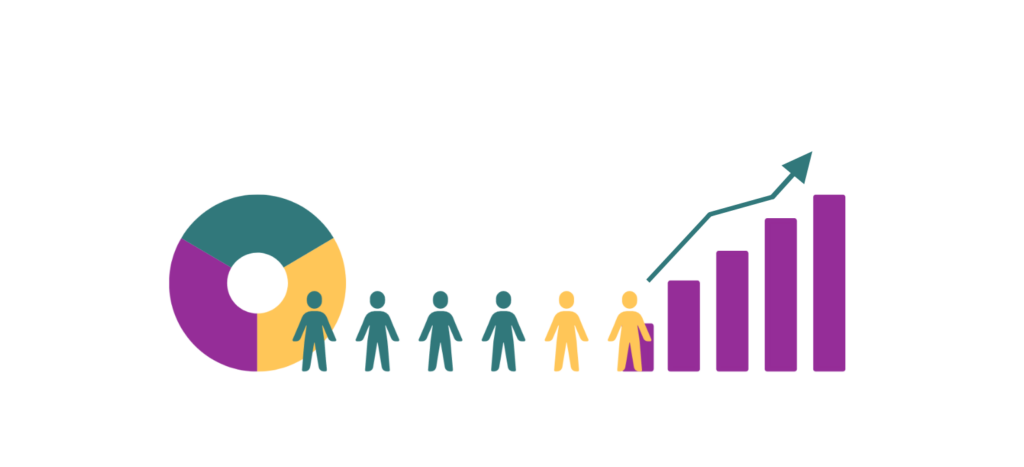
We need ready access to data to support learning. COVID has expedited efforts to improve access to data. We must continue to build on this work as it builds capacity and skills for accessing and transforming data. In turn, a better understanding of data is key to supporting the learning of health care teams.
Nothing about us without us
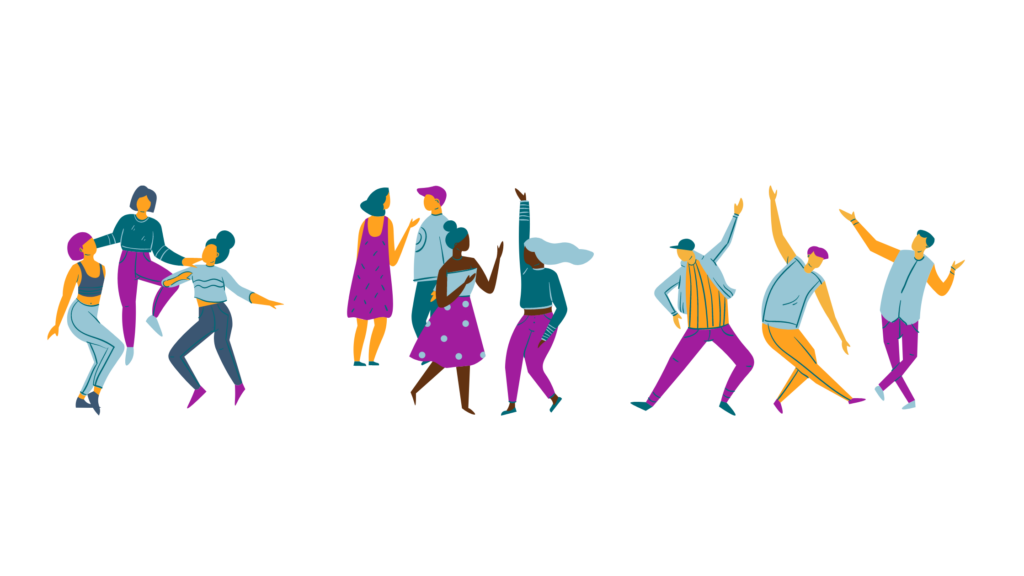
Finally, we need to recognize that while change has started to ensure patients and members of the public are represented in health care and research discussions, we have a long way to go. Tackling health care challenges requires that people who experience inequities in care due to stigma, poor access, and racism have a voice and meaningful involvement in health care research.
What, might you ask, does any of this have to do with research methods?
Over the past three years, the Method Clusters’ work has improved our abilities as a research community to better engage patients, caregivers, and the public in the ways we do research. This foundational work puts us in a position to tackle the new (and old) challenges that we face in two crucial ways:
First, through funded projects, new knowledge is being generated to improve our approaches to conducting and communicating research.
Second, through partnership with patients, we are building our capacity and ability as a community to work together.
We are not yet out of the woods from the challenges COVID-19 has brought to our community. With the dawn of a new year and promises of effective vaccination programs on the horizon, we are looking forward. With that forward view, I believe we are fortunate to have the community and foundation of work established from which to build a better and stronger health care system.
The Methods Clusters project studied the way that patient-oriented research is done, and how it could be better. In a series of blog posts, team members wrote about their work, what they learned and the best ways to engage patients in health research design. The BC SUPPORT Unit provided funding for the project.
This blog post was written by Dr. Danielle Lavallee.




